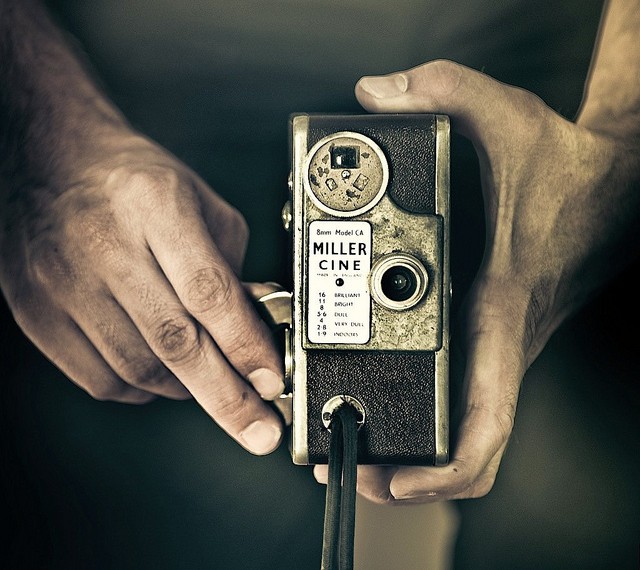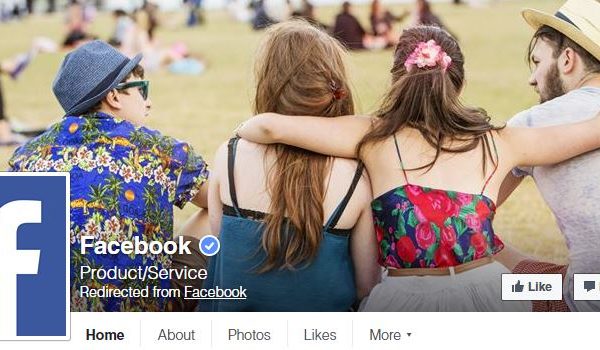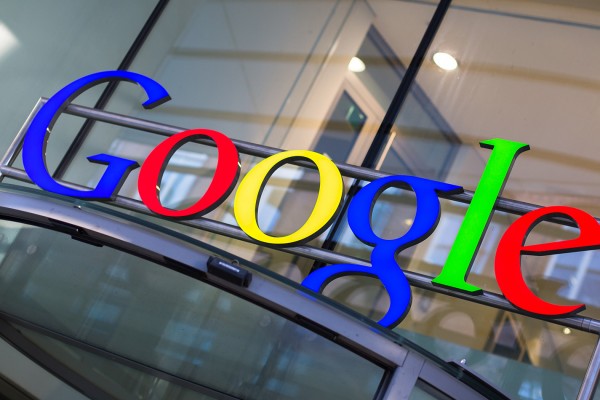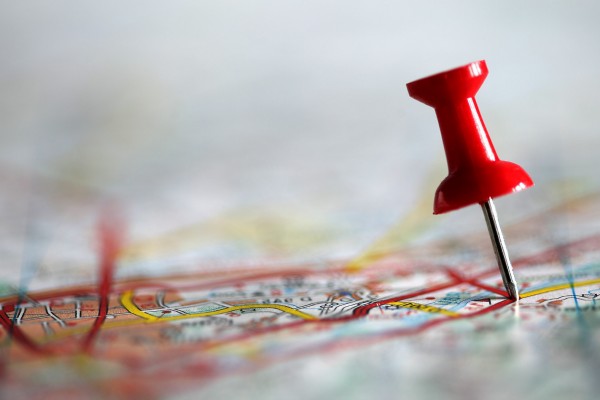Experts Explain: How to Optimize Images For SEO

Experts Explain: How to Optimize Images For SEO
If you are a blogger, a writer for newspapers and online magazines, or run an online store, image optimization is an art that you will want to master. From attracting shoppers perusing Google images to reducing site load time – image optimization can play a crucial role as part of building a successful ecommerce business.
Images make an article stand out and can even contribute to improving the SEO for your article. The Purple Fruit Geek, Mark has created this article to explain the steps that should be adhered to in order to fully optimize images for SEO.
Apply Images
Images, when added to an article with careful consideration, can help the reader to understand your article. “A picture is worth a thousand words.” Unfortunately, that’s not the case for Google, but it can spice up the page that’s covered in endless paragraphs of text. Illustrate your findings with infographics, (charts graphs and diagrams). Make your article visually appealing with the use of images – simple.
Choose the right image
Now you’ve decided that images are the way forward, you should now take up the opportunity to add photos of yourself and your fellow colleagues. Your article needs an image that has the same subject as your article.
Name your images descriptively and in plain English
It’s so easy to blast through hundreds of product shots and keep the default file name your camera gives them. But before you become stuck in that habit, let’s explain why that’s a really bad idea…
When it comes to SEO, it’s important to use acceptable keywords to help your webpage rank higher on search engine result pages. It’s crucial to create descriptive, keyword-rich file names for image optimization. Search engines not only search through the text on your page, but they search for keywords within your file names too!
Optimize Your Alt Tags Intelligently
Alt tags are a text alternative to images when a browser is unable to render them properly. Even when the image is rendered, if you hover over it with your cursor, you will be able to see the alt tag text created for that specific image.
Now, it’s important to note that the alt tag also adds SEO value to your website. Adding appropriate alt tags to the images on your website can help your website climb higher on the ranking ladder of search engines by associating keywords with images. As-a-matter-of-fact, using alt tags is probably the best way to show your images in Google image and web search results.
The number one priority when it comes to image optimization is to fill out each alt tag for every product image on your website. Here are few simple rules that our Purple Fruit Geeks follow when it comes to alt tags:
– Describe your images in plain English as you would for image file names.
– If your products have a model number or serial number, use them in the alt tag.
– Never keyword stuff your alt tags.
– Do not use alt tags as decorative images.
– Carry out sanity checks regularly to view the source of your webpages.
Scale For Image SEO
Loading times are an important UX, and therefore SEO, aspect. The faster the site, the easier it is to be able to visit and index your web page. Images have a strong impact on loading times, in particularly when you load a large image and show it small, by using a 2700×1500 pixel image and displaying it at 270×150. The whole image will still have to be loaded on screen; therefore you should simply scale the image to the size you want to show it. WordPress will help you by providing the image in multiple sizes after you upload. However, please be aware that this does not mean the file is optimized too, that is just the image size.
Additionally, to avoid increasing your page load times due to a large file, you can make it a smaller image and provide the option to view a larger image in a pop-ip or to be displayed on a separate tab.
Reduce File Size
You should make sure that your scaled image is served in the smallest file size possible. You could simply export the image and test what percentage of quality is acceptable, but here at Purple Fruit, we like to use 100% quality images.
You can still reduce the file size of images by removing the EXIF data.
Placing your image in your article
You need to be careful when adding your image in your article; you can’t just stuff it in any old place. You should place it near related textual content so the reader can associate the text with the image clearly.
Captions
The caption of the image can be described as the text that accompanies the image, this most often is text describing the image. So, why is text important for image SEO? Quite often, people use that text when they scan an article and next to the headings, they usually scan the image and include the caption as well during that scan.
However, although captions are an important element when it comes to SEO, you do not need to add captions to all of your images. Sometimes images just serve another purpose and therefore you will need to decide whether the image at hand is an image you want to use for SEO or not. Remember to always keep the visitor in mind and that it must make sense to them before making sense to SEO.
Alignment
One of the most annoying things when reading online has to be when images break the left reading line. I’m sure this is probably not the case for other readers but I am taking full responsibility for this myself – I just really don’t like it when the text begins on the right of the image for it to then jump below the image back to the left line.
 Please be sure to not annoy any of your readers and simply maintain the left reading line and do not align images to the left. If an image is used that is the same width as your textual column, then that would be absolutely fine. In fact, it will even help to emphasize the image even more.
Please be sure to not annoy any of your readers and simply maintain the left reading line and do not align images to the left. If an image is used that is the same width as your textual column, then that would be absolutely fine. In fact, it will even help to emphasize the image even more.
XML Image Sitemaps
If you are experienced in the field of web development, you might be scratching your head wondering about XML image sitemaps. Google is very clear about this and states:
To give Google information about images on your site, you’ll need to add image-specific tags to a sitemap. You can use a separate sitemap to list images, or you can add image information to an existing sitemap. Use the method works for you!
Adding images to your sitemaps will help Google index your images, so be sure to do so to enable a better image SEO.
TL;DR
Image SEO is made up of a sum of elements in which Google are able to recognize and therefore it makes great sense to ensure your image and its elements contribute to an overall better user experience as well as SEO. Do not try to fool Google because 9 times out of 10 you will lose.
Just to summarize…
When adding an image to your article, be sure to do the following:
– Use a relevant image to match your content
– Choose your file name carefully
– Be sure that your image dimensions match the size of the displayed image
– Reduce the size of the file for faster loading
– Be sure to add in some image captions to allow scanning easier for the user
– Make sure use an image alt text
– Never break he left reading line when applying images
– Use images in your XML sitemaps
So that’s it folks, we hope that sharing our image SEO knowledge with you will be of some help with your online creations. If you need any assistance or further advice, please do not hesitate to get in touch – we are here to help!



